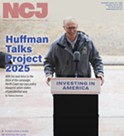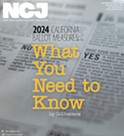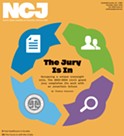Ulterior Motives?
[
{
"name": "Top Stories Video Pair",
"insertPoint": "7",
"component": "17087298",
"parentWrapperClass": "fdn-ads-inline-content-block",
"requiredCountToDisplay": "1"
}
]
Editor:
The environmental movement garnished much of its support by instilling the idea that whatever project promoted as "habitat enhancement" or "restoration" would be beneficial to the environment. Since the vast majority of us support the concept of a healthy environment, projects promoted by environmental groups were often given a lot of leeway.
Ron LeValley showed us that just because one appears aligned with environmental causes does not mean there are not ulterior motives ("Blog Jammin'," Feb. 13). Nor can we automatically trust the so-called "science" that is generated to support some of these projects.
Much of Ron's "science" was used to promote beachgrass removal to benefit the snowy plover. That promotion was and actually continues to be done despite evidence that plovers sometime use the grass to nest and rear young.
This led to nearly a decade of "restoration" in Manila in the form of digging up acres of beach grass from our coastal dunes that somehow took place without a permit to do so. Hundreds of thousands of dollars were granted to Manila projects using wetland restoration funds with the understanding that there was a necessary coastal development permit. All that money should never even have been applied for without an active permit.
There has been an ironic and admitted degrading of wetland habitat as a result of digging out a massive amount of plants. The same plants that collect water that had once allowed these federally protected wetlands to exist. Volunteer and school child labor were used for these projects. This is well beyond shameful.
Will those calling themselves environmentalists today insist on the same level of scrutiny and oversight for their own pet projects as they expect of others? So far, no.
Will they regain some lost credibility if they do? Absolutely.
Uri Driscoll, Arcata
Latest in Mailbox
Readers also liked…
-
The Elf on the Shelf is Begging You Not to Put Him Out This Year
- Dec 8, 2022
-
A PG&E Plea
- Feb 23, 2023































